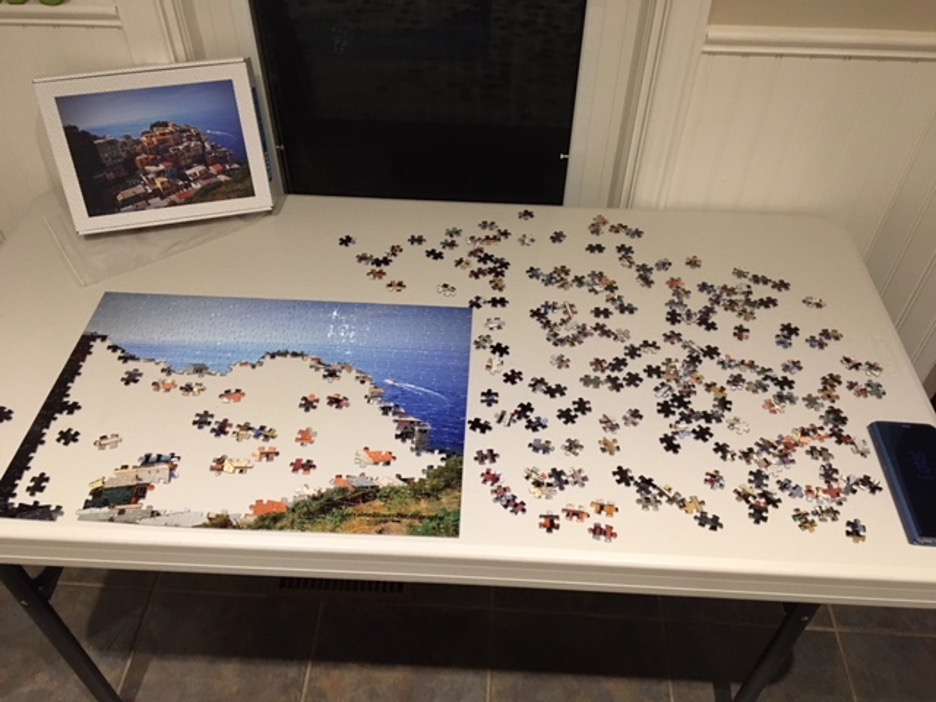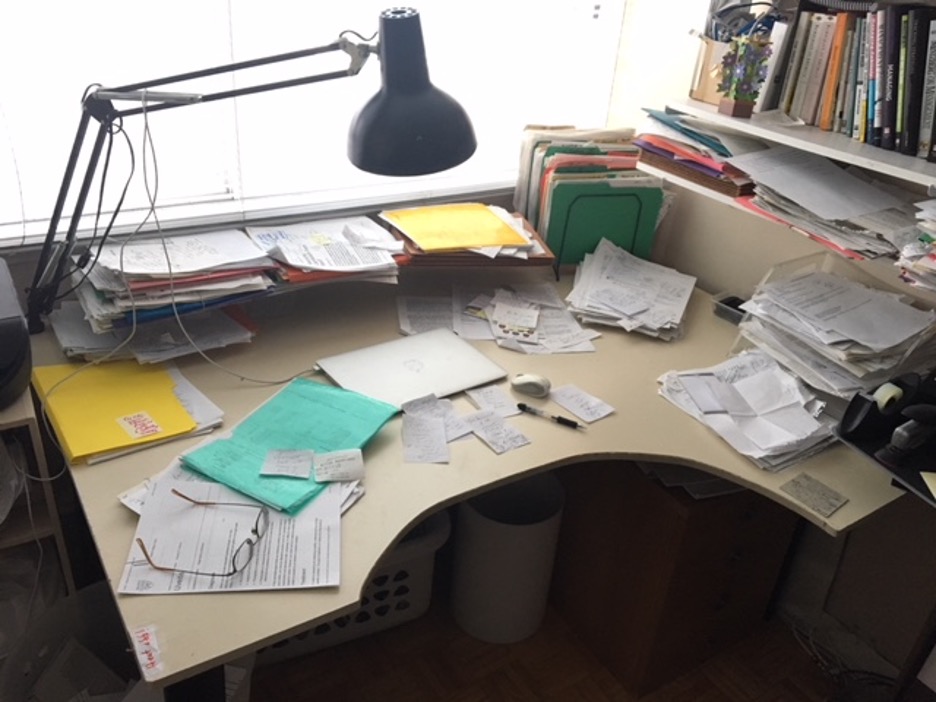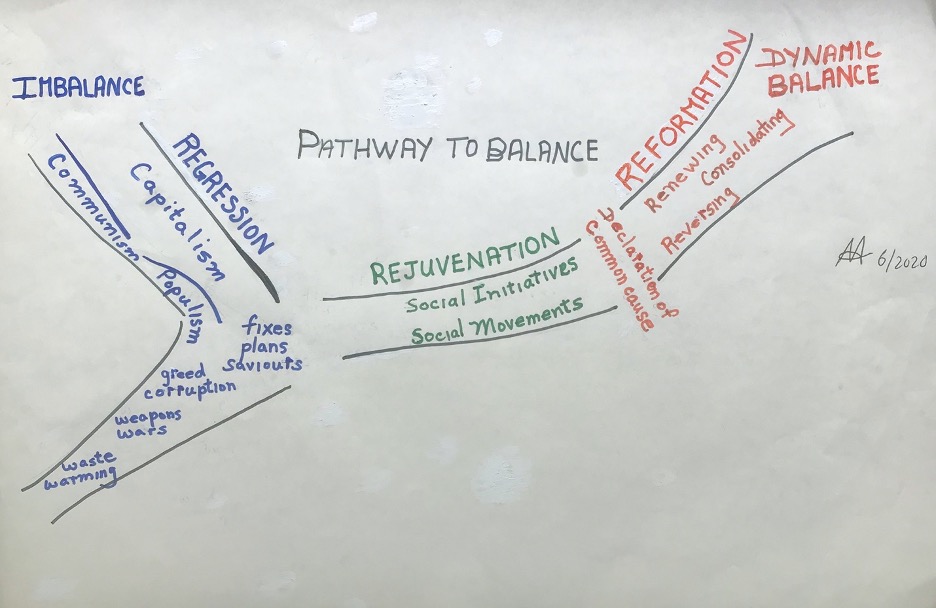Playful Solutions for Puzzling Problems
18 October 2020We are great with pat answers but awful with puzzling questions. Faced with a daunting problem, we zero in on some established solution: wear masks in the pandemic, reduce carbon energy in a warming globe, fix capitalism to fix democracy. Sometimes these work, but too often insufficiently. Puzzling problems require open-ended exploration, in the spirit of Sherlock Holmes, not Karl Popper (whose surname an assistant of mine once typed as Propper).1
Let’s distinguish two kinds of puzzles, pat and puzzling. A jig-saw puzzle is about as pat as a game can get: connect the proper pieces while respecting the proper rules to make the proper picture (as shown below). My dictionary defines puzzle as “a difficult or confusing problem.” Jig-saw “puzzles” are neither. Puzzling puzzles are both. They are not about breaking the rules so much as creating new rules to get around old ones that have broken. This requires us to be playful rather than pat, by asking “Why not?” instead of “Why?” That is how we make our way to solutions that are outrageous—until they turn out to be obvious.

In a pat puzzle
1. The pieces are supplied.
2. Each is clean-cut.
3. They fit together perfectly,
4. to make the picture shown on the box.
In a puzzling puzzle
1. The pieces have to be created.
2. They appear as fragments, obscure,
3. to connect loosely, if at all.
4. With no box in sight, the picture has to be constructed from these fragments and connections.
 I took this photo of my worktable at home, while puzzling over an earlier version of this TWOG. Notice the fragments at the front, loosely connected. The previous picture was taken in a relatives’ home.
I took this photo of my worktable at home, while puzzling over an earlier version of this TWOG. Notice the fragments at the front, loosely connected. The previous picture was taken in a relatives’ home.
Pat solutions for puzzling problems?
Why are we so fixated on pat solutions for puzzling problems? Is it because pat schooling has killed our creativity, or because we play so many games that come in boxes—cardboard and electronic—while rattling on about “thinking outside the box”?
We used to play more open-ended games, like Charades—anyone remember that?—while the kids used LEGO to build their own thing instead of assembling some 3-dimentional jig-saw puzzle. Here in Canada, the kids used to play hockey on some local pond. Now they are marched off to a designated arena where a designated coach teaches them the designated way to play the game. No wonder novelty has declined in professional hockey.
Not just play. Consider how much of medicine, management, politics, and life has succumbed to pat categorization. Diagnose that patient into a designated disease with its designated protocols. Slot that customer or voter into an established market segment. As a CEO hit with lower earrings, kick x000 workers out the door. And in private life, find a mate on a dating site that lists the categories of compatibility.
This is fine when an existing category fits. Hail to those protocols and marriages that work. But problems fester when there is a forced fit, or a misfit, or no fit at all. A patient falls between the cracks of medical specialties. A marriage proves incompatible in the dynamics of daily life. As for that “downsizing”, the fault, dear leaders, lies not in the underlings, but in you stars at the top.
Our profound puzzle
For some years, I have focussed my attention on what I see as our most profound puzzle, the source of many of the others: the imbalance in our societies. Narrow economic forces have been boxing in our collective and community needs as human beings. Fixing capitalism will not get us out of a box that is largely of its own making. It is our societies that need fixing, by achieving balance across the three basic sectors, public, private, and plural, with respected governments, responsible enterprises, and robust communities. As I probe around this puzzle—by reading and meeting, testing and tweeting—the fragments of solutions appear all over the place. Described and illustrated below is the picture that is emerging in my mind.
Reformation is what is needed, not unlike what happened early in the Sixteenth Century. Change begins on the ground, in communities of people who are fed up with the rampant corruption. An engaging declaration of common cause can consolidate the initiatives that people pursue in their communities, to reverse what is wrong and renew what can be made right. This, in turn, can drive the authorities to make the reforms that are necessary for attaining dynamic balance.
© Henry Mintzberg 2020, for a Creative Commons Attribution-NonCommercial 4.0 International License. Adapted from an earlier blog.
Follow this TWOG on Twitter @mintzberg141, or receive the blogs directly in your inbox by subscribing here. To help disseminate these blogs, we also have a Facebook and a LinkedIn page
_____________________________
1 Popper wrote a book, widely accepted by proper scientists, about The Logic of Scientific Discovery (1934, 1959). In its first four pages, in a section entitled “The Problem of Induction,” he dismissed this aspect so that the rest of his book could be devoted to “the deductive method of testing.” Where is the “discovery” in that?
